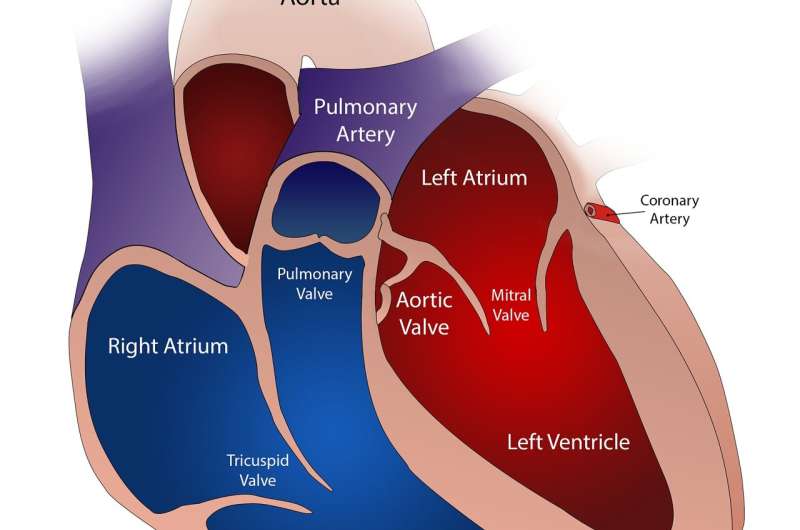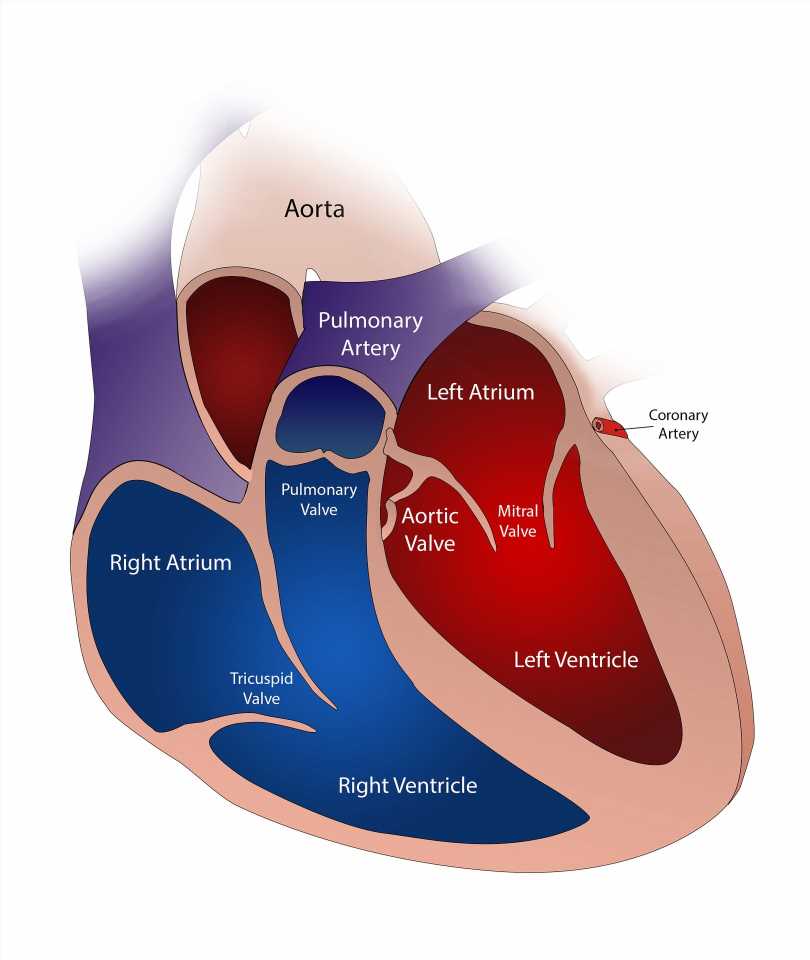
A study published today in the New England Journal of Medicine (NEJM) found that among patients with aortic stenosis undergoing transfemoral transcatheter aortic-valve replacement (TAVR), the use of a debris capturing device called cerebral embolic protection reduced the risk of disabling stroke from 1.3% to 0.5%.
Cedars-Sinai, under the leadership of Raj Makkar, MD, Cedars-Sinai’s vice president of Cardiovascular Innovation and Intervention and the Stephen R. Corday, MD, Chair in Interventional Cardiology, was the largest enroller in the clinical trial that led to these published results. The results were announced during the Transcatheter Cardiovascular Therapeutics (TCT) conference in Boston Sept. 16-19.
TAVR is an established treatment for patients with aortic stenosis across the spectrum of surgical risk, however, it can lead to embolization of debris. This debris from the valve or the vasculature used in a TAVR procedure can cause post-procedure stroke, leading to increased morbidity and mortality.
A total of 3,000 multicenter patients with aortic stenosis across North America, Europe and Australia underwent randomization. The first control group of 1,501 patients underwent transfemoral TAVR with CEP and the second control group of 1,499 patients underwent TVAR without the use of CEP.
Source: Read Full Article
